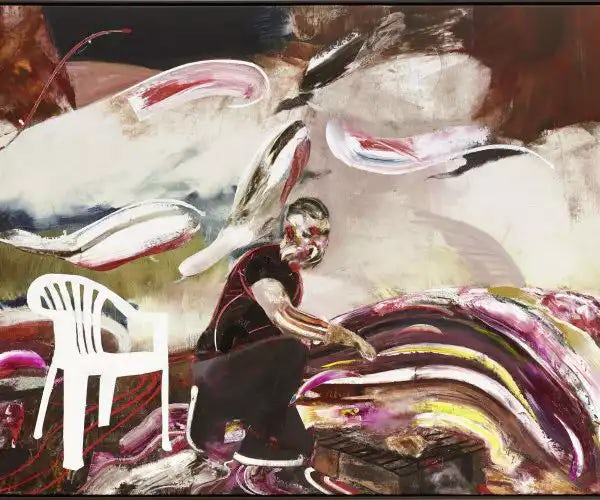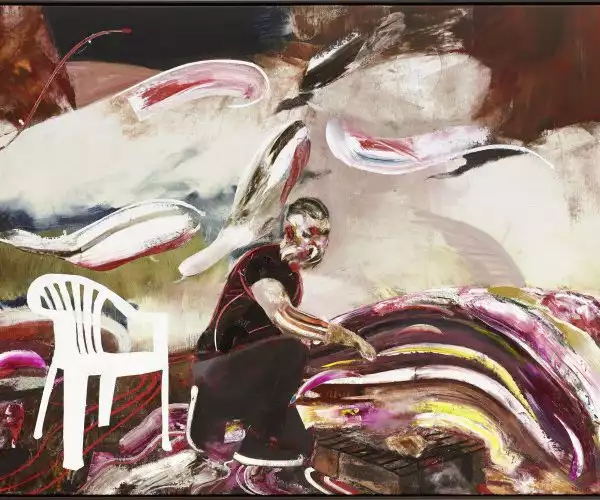Industrialists and billionaires are to the art world what the Medici were once to Renaissance. Without the enlightened support of well educated, driven and highly competitive patrons, many of our most important artists (and artistic movements) would have simply not been able to flourish. Their financial, social and political support crucial in the art world’s evolution.
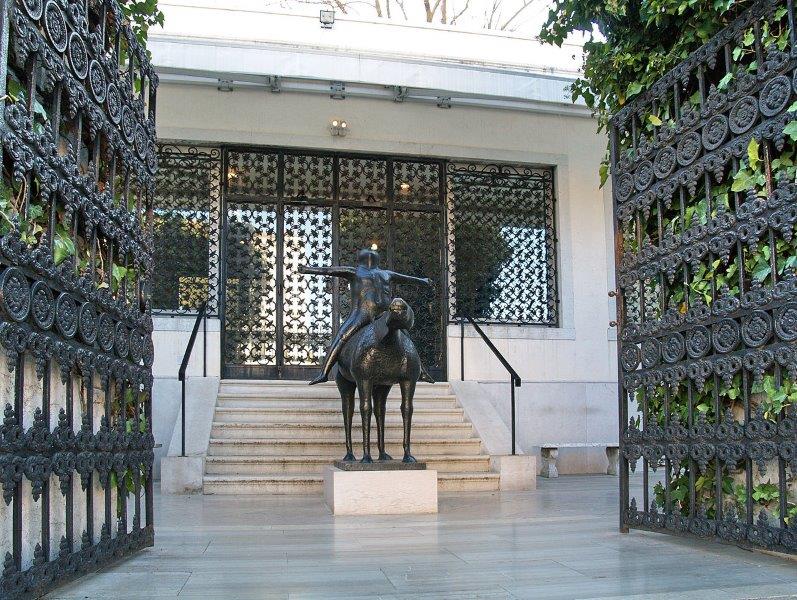
Much of their influence can be felt across the world, from the Carnegie Museum of Art in Pennsylvania to the Peggy Guggenheim Collection in Venice and the future Whitney Museum in Abu Dhabi. These collectors were studied and erudite, fostering the careers of their contemporaries as well as amassing impressive collections of old masters from around the globe. Deep interest, knowledge and skill was required of the patron to compile these impressive collections.
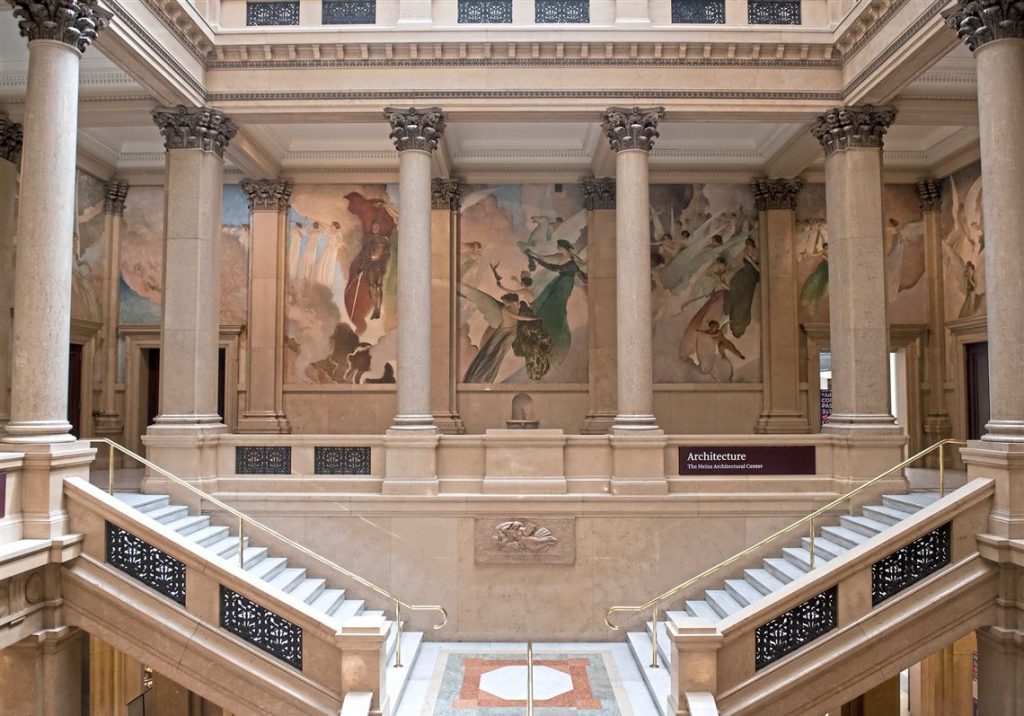
Today, the art market is undoubtedly broader and arguably more democratised – as auction houses, online sales and retail galleries boom with regular business. Indeed, the once secretive world of collecting is no longer reserved for those studied patrons in the know but rather widely accessible to anyone with means.
However, as global wealth continues to grow so does the market for ‘bragging rights’ collections for coveted modern and classical masters (from Warhol to da Vinci) inflating prices to once unheard of heights and narrowing the field of availability. Few ‘modern patrons’ have taken it upon themselves to build up the next generation of great artists by collecting their work at an early stage.
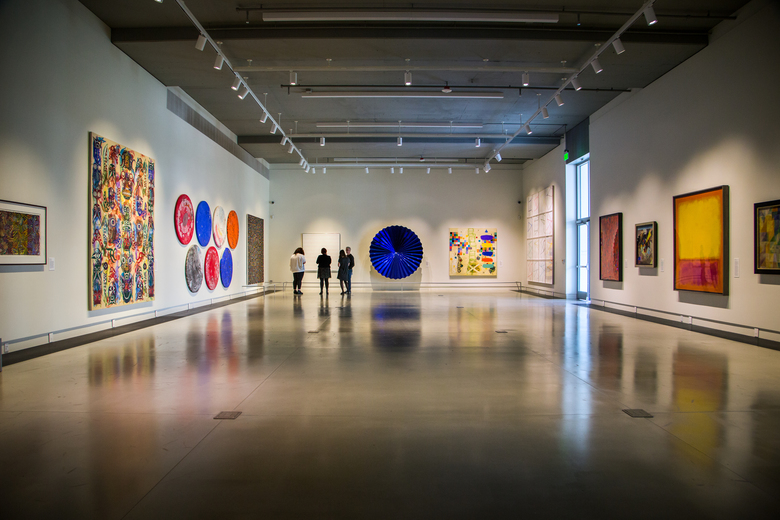
Rare exceptions such as Microsoft’s late Paul Allen and Revlon’s Ron Perelman looked to buck this trend by supporting up and coming artists and placing them alongside some of the world’s most celebrated well-known artists. Recently Perelman announced that he would be selling a large part of his much celebrated 1000+ piece collection. Citing a need for “art’s ugly business to be fixed”, the billionaire is divesting much of his art portfolio which includes pieces by Andy Warhol, Roy Lichtenstein, Cy Twombly, Gerhard Richter, Jasper Johns, Mark Rothko, Willem de Kooning, Alberto Giacometti and Jeff Koons. Perhaps more importantly, however, the sale via Sotheby’s has served to uplift up and coming artists alongside art-world giants.
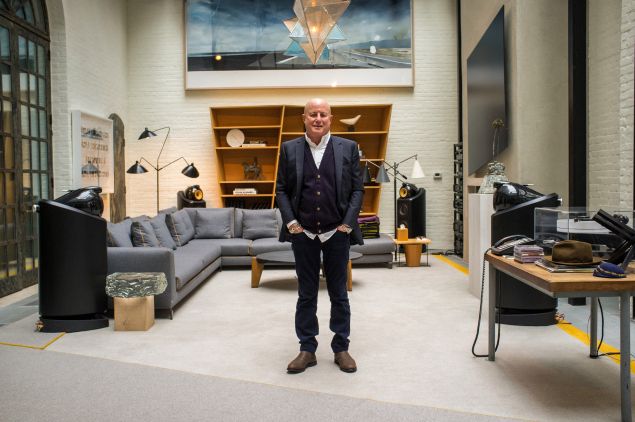
A 2016 painting by contemporary Romanian artist Adrian Ghenie and Chinese artist Zhang Xiaogang’s 1990 triptych The Dark Trilogy: Fear, Meditation, Sorrow both sold for $7 million each.
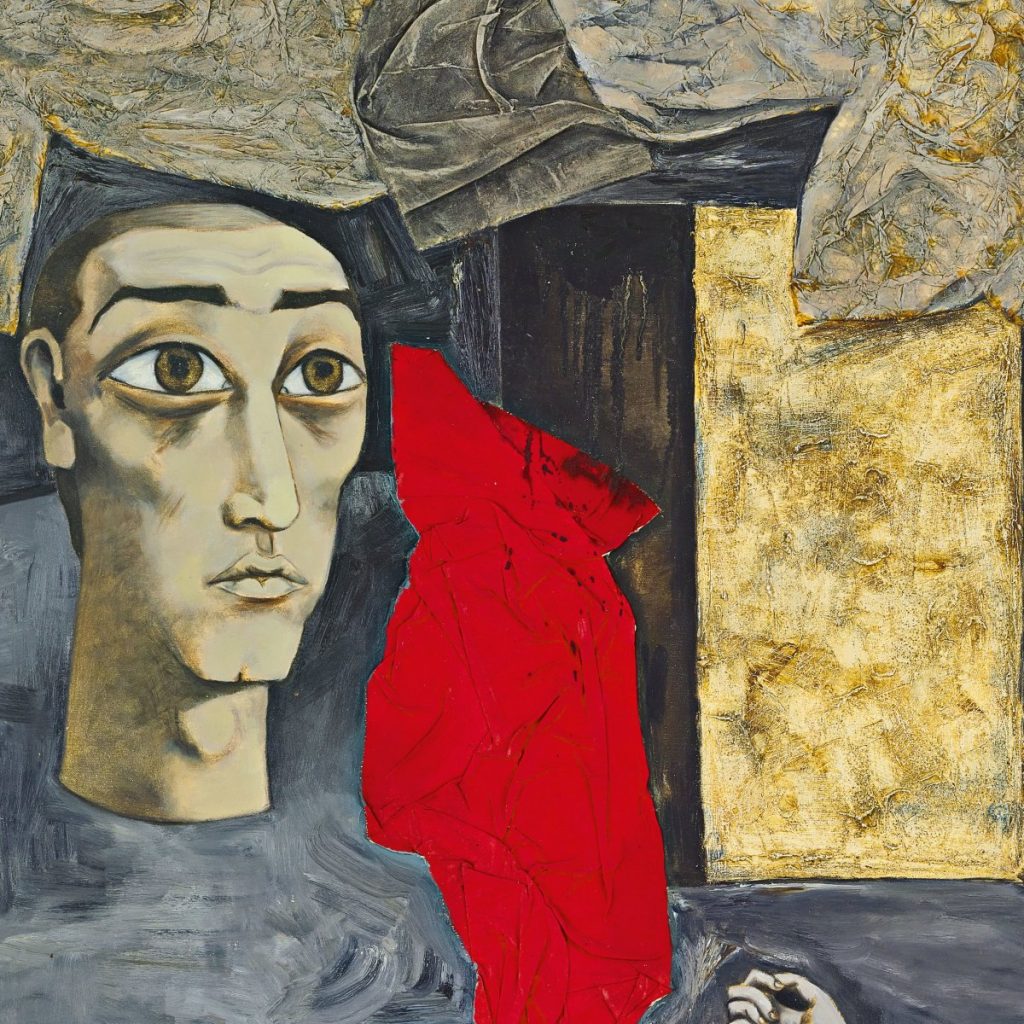
Alongside these, two works by Liu Ye, including the painting Florence (1994) sold for $1.4 million and an early Bansky mixed-media painting from 2011 went for a staggering $8.4 million.
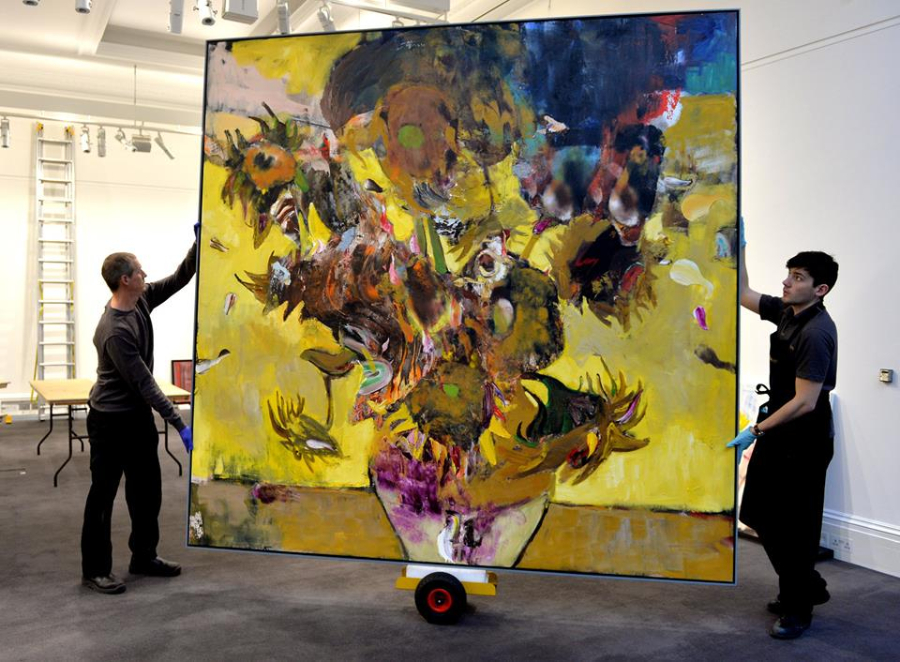
The sale is not only an indication of what a great collector can do for the careers and collectability of an artist but also a positive marker of a new trend for ultra wealthy art patrons that are giving back their collections to the world either by sale or donation. Other recent notable patrons include Jean Pigozzi’s donation of 45 works of contemporary African art to New York’s Museum of Modern Art (MoMA), which “positions MoMA to become a unique institutional leader in the field” and Daniel W. Dietrich II’s donation of 50 significant artworks to the Philadelphia Museum of Art (including art works by Cy Twombly, Agnes Marten, Eva Hesse, and Edward Hopper).

UP NEXT: London’s newest hotel hotspots…

